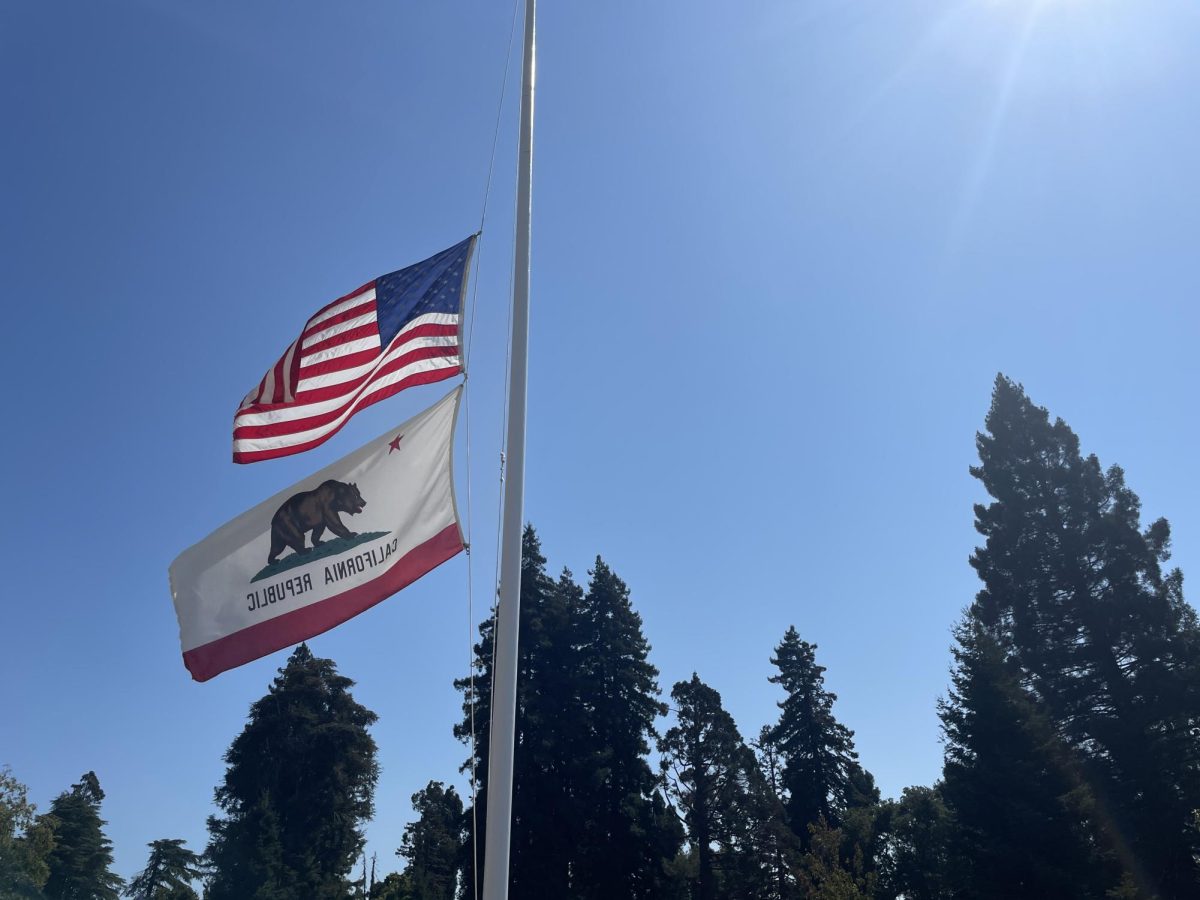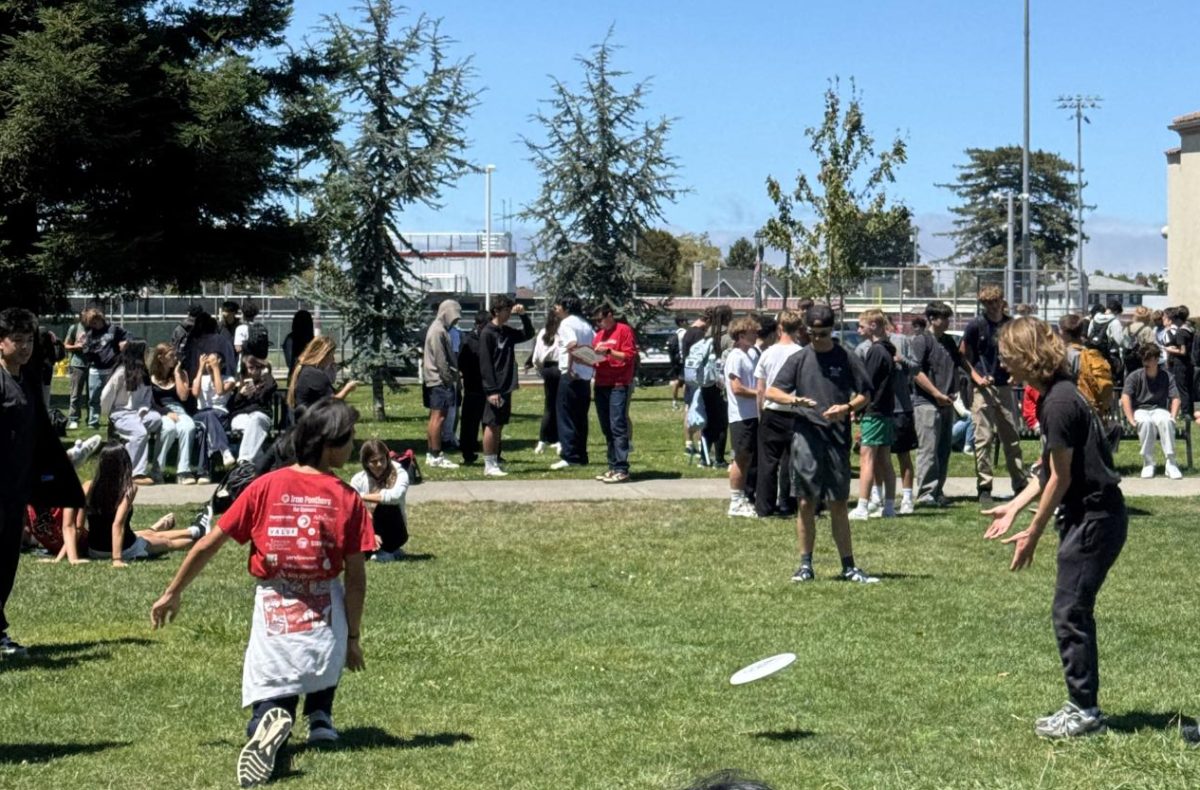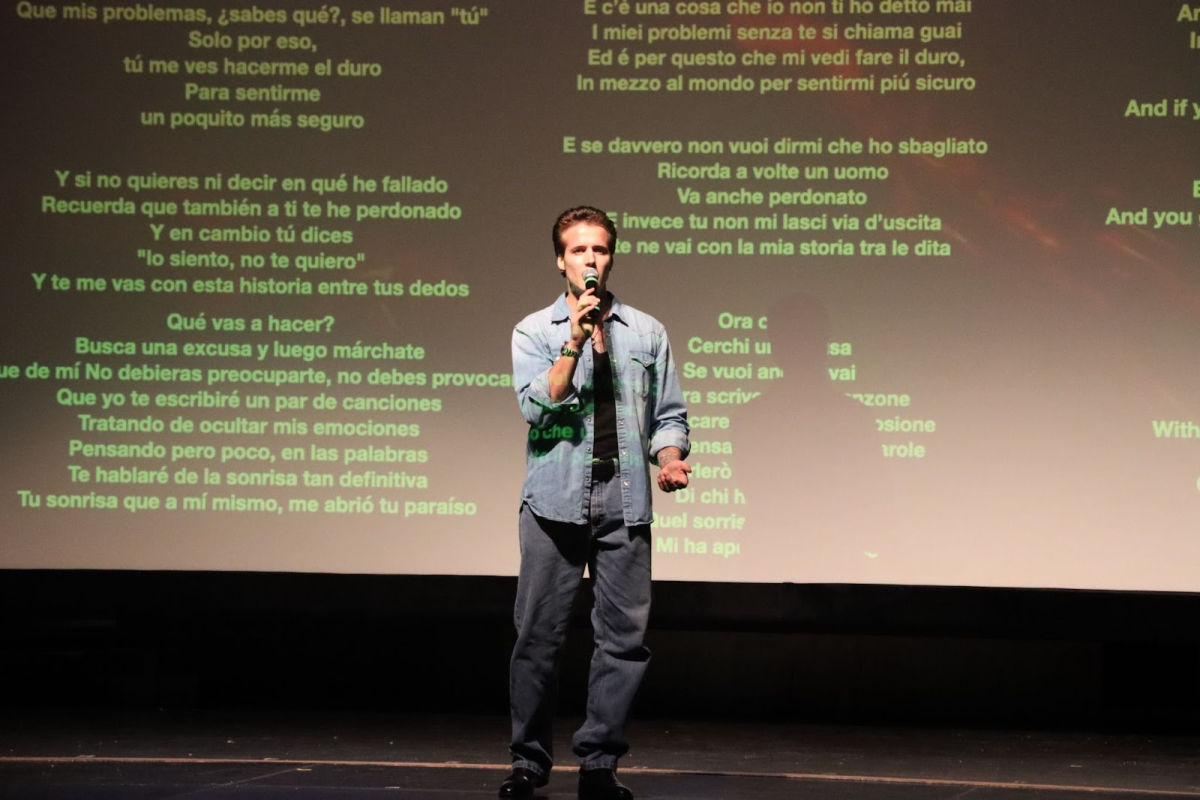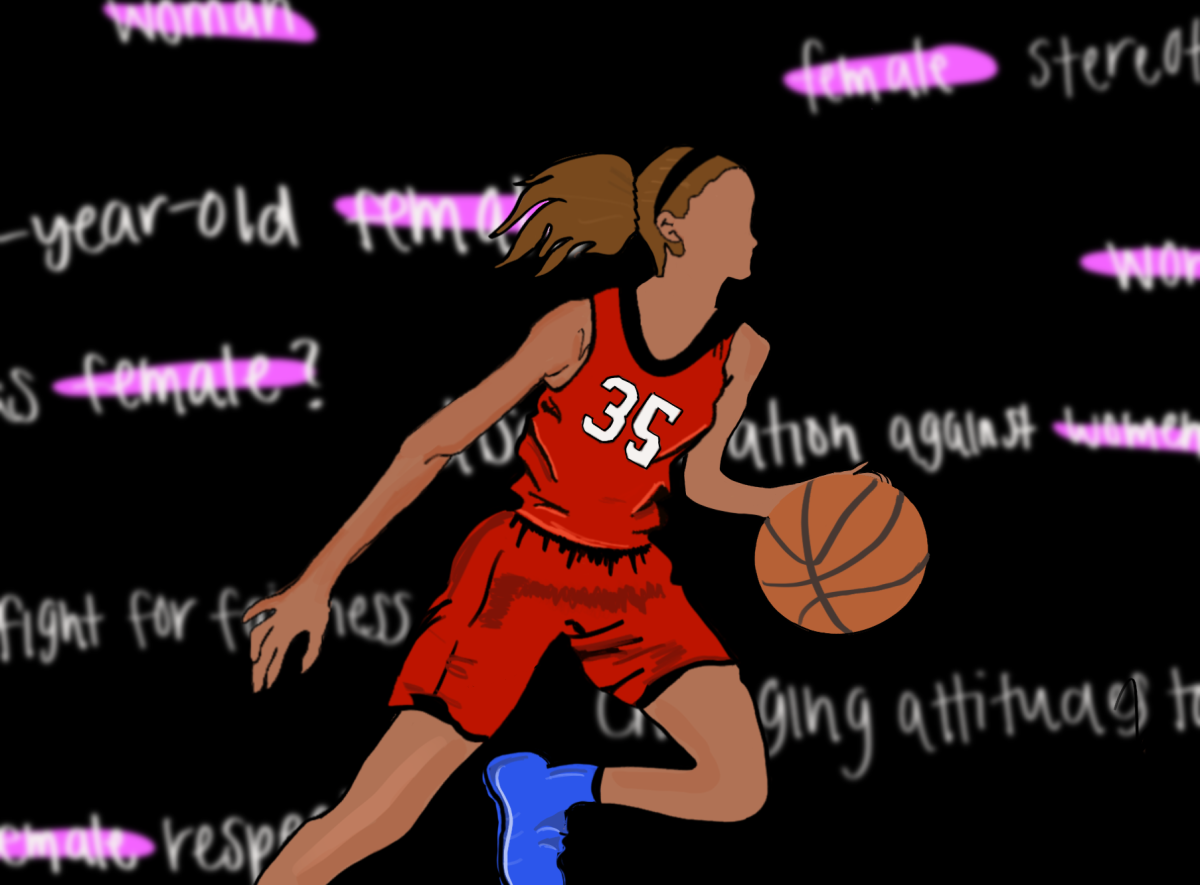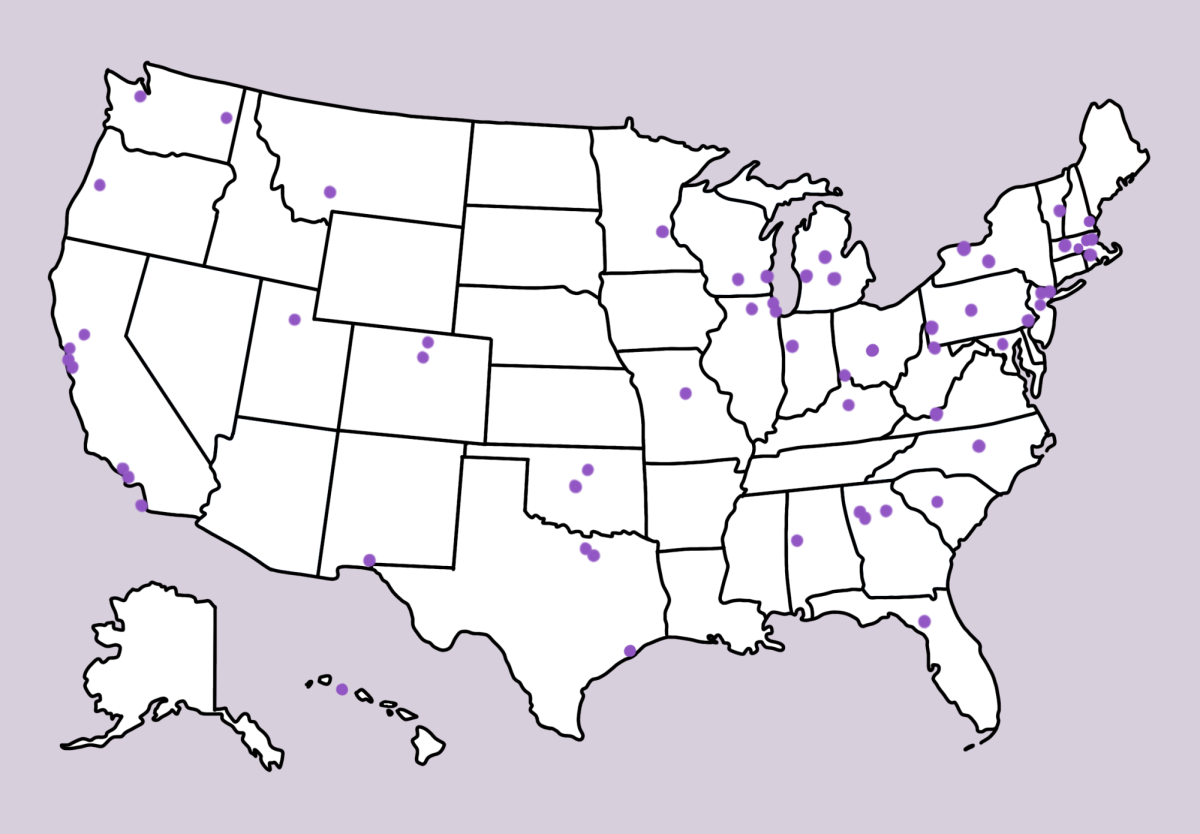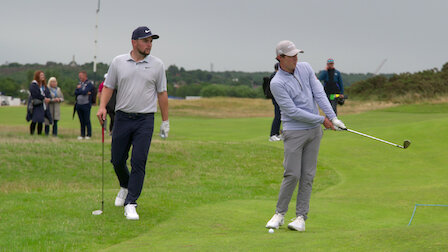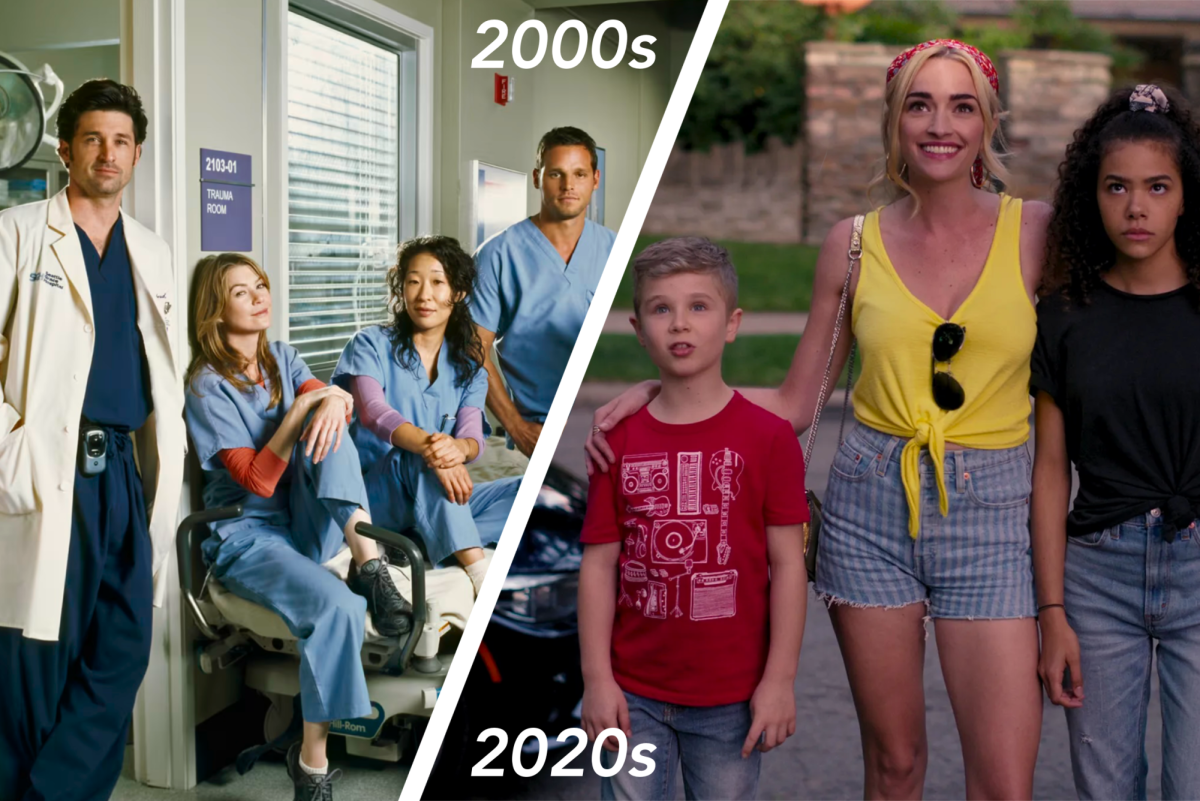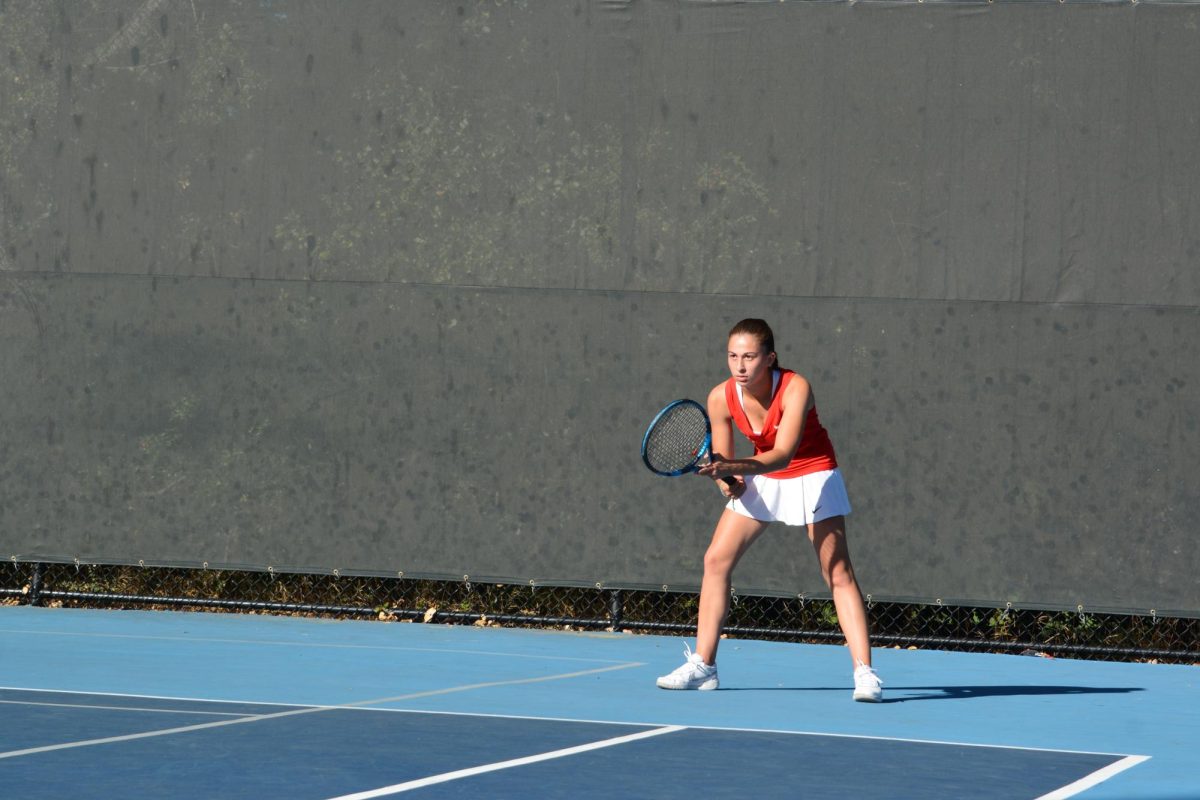When Netflix announced they were releasing a second season of their newest golf documentary series last year, I was less than excited, expecting a repeat of the frustratingly repetitive and boring first season. But as a fan of the game — and someone who wrote a critical review about the first season — when the second hit the streaming service in March, I had no choice but to see if it could improve. Most importantly, I was curious if it could live up to its original stated purpose — to provide never-seen-before perspectives about the personal lives of professional golfers.
When I finally sat down to delve into the second season, I was immediately skeptical. The opening episode seemed to mimic the first season’s formula of repetitive storylines and forced narratives. The episode focused on World No. 3 Rory McIlroy, who at the time of filming, was seen as the leading figure for the PGA Tour against the Saudi-backed LIV Golf tour founded in 2022. If it had just been about his efforts to juggle his golf game with his role as a leader, then the episode would have been intriguing and relevant. Instead, the episode sometimes sped through big golf tournaments that didn’t relate to McIlroy’s storyline.
Luckily, the second episode is when I realized the season had potential. It covered the shocking PGA Tour-LIV merger. It captured the raw emotion of some players completely blindsided by the decision. Of course, some of the player’s reactions were forced for the camera, but given that the merger was so controversial, I am relieved they addressed it.
From there, the show highlighted individual stories, including Ricky Fowler’s comeback from a devastating slump. Season one favorite Joel Dahmen returned for an episode in the second season. At the end of the third episode, his powerful scene where he and his caddie, Geno Bonnalie, share a heartfelt conversation about Dahmen’s struggles, captures the vulnerable side of players I wanted to see. The two of them, hugging and crying as the screen faded to black, gave me new respect for players who have to compete on the golf course but also conduct themselves as husbands, fathers and friends.
The show was undoubtedly at its best when it featured players who had relatable struggles to the viewers. That was one of the main problems with the first season — it portrayed some of the players as spoiled. Take the five minute scene covering Collin Morikawa complaining about his private jet and golf apparel, for example. But in the second season, we learn about Wyndham Clark’s experience with anxiety and depression following his mother’s death at a young age. His sports psychologist is also interviewed in the episode, giving us an inside look into his mental state.
My favorite episode focused on Matt and Alex Fitzpatrick. The episode eloquently and perfectly portrayed Alex’s desire to step out of his brother’s shadow and become successful on his own. It was another episode that showcased relatable issues that so many people deal with. This kept me far more interested in the show because these shared experiences humanize players that we sometimes hold to unrealistic expectations — reminding us that no matter how much money and fame they have, they are people too — capable of having emotions and dealing with their fair share of struggles.
The show also covered the Ryder Cup player selections with appropriate emphasis on the difficult decisions United States captain Zach Johnson had to deal with. I reveled at the raw, unstaged clips of Johnson calling players to tell them if they were going to make the team. The live scene of Keegan Bradley being rejected, shattering his dream of competing for his country was a sad moment. Seeing the reactions of his children and wife was painful to watch. Safe to say, I’ll be rooting for Bradley every time he tees it up in the future.
While the final two episodes of the Ryder Cup weren’t bad, I was disappointed to miss out on more individualized stories that brought me closer to some players. In the end, while it was far from perfect, the second season was a considerable improvement from the first. If you want a look into less-showcased parts of being a professional athlete, then you should take a swing at “Full Swing.”




